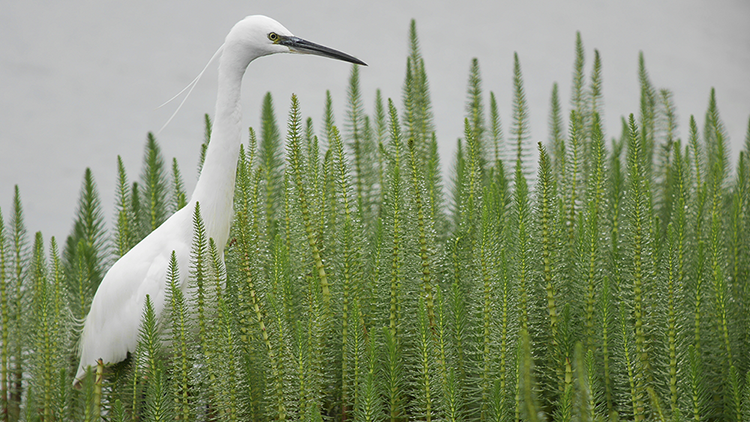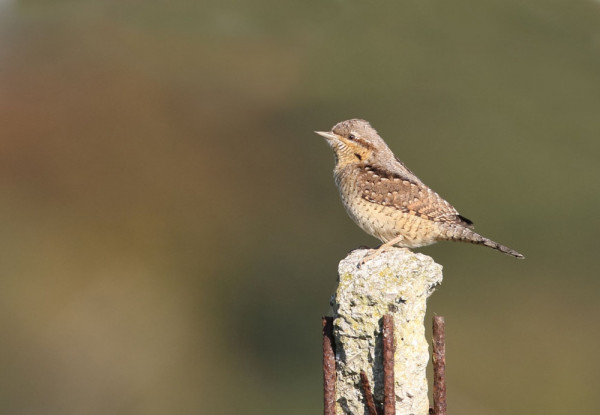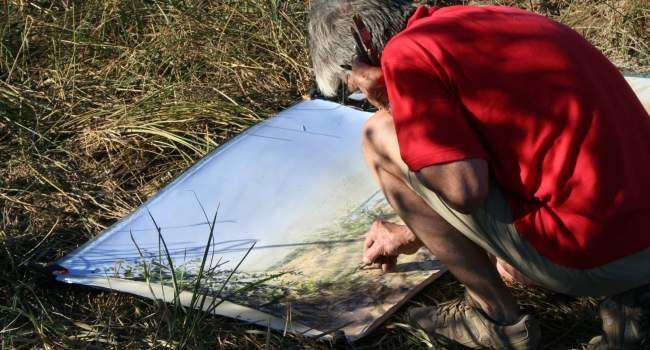
Migration blog (20th – 26th August)
August is the time of year when many summer migrants begin to head to their wintering grounds. For this year's offspring it will be their first time migrating and whilst some species travel with their parents, for others they undertake these epic journeys solo.
Waders including Wood Sandpiper and Greenshank are one of the first to head back. The brief summers of northern latitudes gives them only a short window in which to breed so once the young have fledged many adult birds head southwards, leaving the young birds to follow in the coming weeks. The last month has seen the reporting rates of several wader species increasing as birds stop off to refuel. The BirdTrack reporting rates of Green Sandpiper increased in the first 2 weeks of August as juvenile birds arrived across Britian and Ireland.
Like waders, Swifts have a typically contracted breeding season, being one of the first summer migrants to leave, with most birds leaving in early to mid-August. Before departing they can often be found above towns and cities in flocks, where their screaming calls betray their presence. These flocks can merge and form much larger groups and at some locations several hundred or even thousands can pass in a single day. 800-1000 birds were seen over Knighton, Somerset on 22nd July as they feed on an emergence of flying ants.
Late July into August marked the beginning of the sea watch season for many with birders heading to traditional sea watching headlands to get their annual fix of shearwaters, petrels and other seabirds. Both Cory’s and Great Shearwater reports increased into August; these large shearwaters pass through British and Irish waters at this time of year but don’t stop to breed. Sooty Shearwaters were also noted in increasing numbers from several locations – a true ocean wanderer as they breed on Islands in the South Atlantic. Wilson’s Petrel was once a near mythical species with just the occasional bird seen each year, often from dedicated pelagic trips from Cornwall or the Isles of Scilly. Although observations from land are still rare, this year (and also in recent years) they have been regularly seen from pelagic trips with some trips recording double figure counts. The Shetland Isles even got in on the Wilson’s Petrel action with a lone bird seen from a boat off Unst on 10th August.
Several passerine species such as warblers, chats, flycatchers and wagtails are migrating at this time of year with bird observatories and ringing sites seeing an increase in numbers and diversity since the start of the month. Sedge, Reed, Willow, Grasshopper, and Wood Warblers will all be migrating at this time of year, mixed flocks can often be found and can also contain other species such as Garden Warbler, Whitethroat, or Lesser Whitethroat. Redstart, Nightingale, Whinchat, Wheatear, Spotted and Pied Flycatcher, and even the first Red-backed Shrikes have already been seen from migration hotspots and will be filtering through the country in the weeks ahead.

Species Focus — Sandwich Tern
During the next moth we could see some spectacular movements of terns as they begin to make their way south. Not only do they nest at close quarters, they will also migrate in flocks and now is a great time to witness this.
The majority of our breeding Sandwich Terns will be making their way to the coast of West Africa, with birds that have been ringed in Britain and Ireland being recovered during the winter months in Gambia, Senegal, Liberia, Ivory Coast, Sierra Leone and Angola. Small numbers are found wintering further north along the Moroccan and Spanish coasts, with a few spending the winter in British and Irish waters. Others will move further south with some reaching the South Africa coast.
Terns will migrate in family parties and Sandwich Tern is no exception, in fact adult Sandwich Terns can be seen still feeding youngsters in the winter quarters. Young birds remain in Africa for most of their second year, with some returning to Britain and Ireland during their third year.
The British and Irish breeding population is estimated at around 14,000 pairs and is amber listed as a result of a decline in their numbers.
The pace of migration will increase as we move towards September. The number of species on the move and the number of individuals will also increase and the weather will play, as ever, its part.

Looking ahead
The pace of migration will increase as we move towards September. The number of species on the move and the number of individuals will also increase and the weather will play, as ever, its part in the scale of arriving/departing migrants.The weather over the weekend looks (at the moment) to be set for easterly winds across much of Britain and Ireland, particularly Sunday, with some rain – a mix likely to produce good numbers of migrants along the east coast. The easterly wind will help push birds across from Europe whilst the rain will cause many of them to seek shelter before carrying on their migration. Those species likely to be on the move at this time of year are Willow Warbler, Chiffchaff, Reed and Sedge Warbler, Whitethroat, Garden Warbler, Whinchat, Redstart, Pied and Spotted Flycatcher, Wheatear, and Yellow Wagtails. Mixed in with these will be the odd scarcity such as Barred Warbler, Red-backed Shrike, Wryneck, and Greenish and Icterine Warbler. It's not just passerines that are on the move at the moment – waders will continue to pass through Britain and Ireland in the coming week and there will be a shift from being predominantly adult birds to more and more young birds as this year's young undertake their first migration. Dunlin, Little and Temminck’s Stint, Curlew Sandpiper, Ruff, Greenshank, Whimbrel, Bar-tailed Godwit, and Little Ringed Plovers are all likely and can turn up on a range of habitats from beaches, estuaries, old gravel pits, reservoirs, salt marshes, lake edges, and reed edged pools. Many of these species migrate at night so could be heard over gardens and houses during the hours of darkness. Nights of light winds and low cloud are the best conditions to listen out for birds passing overhead.
August is seabird season and the forecast easterly winds along the east coast could provide Manx, Balearic, and Sooty Shearwaters as well as Fulmar, Kittiwake, Arctic Skua, Auks, and Gannet. The further south and west you are the more likely you are to encounter other seabirds such as Cory’s and Great Shearwater and Storm Petrel. Terns, particaurly Sandwich and Black Tern peak at this time of year and can not only be seen on sea watches but in the case of Black Tern can be found hawking for insects over inland waterbodies.
Although mid-August is not at the peak of migration, it does still have a reputation of producing some good rare and scarce species scarcities include Aquatic Warbler, Spotted Crake, Lesser Grey Shrike, and rarer species including Eastern Olivaceous Warbler, Western Bonelli's Warbler, and Stilt Sandpiper.







Share this page